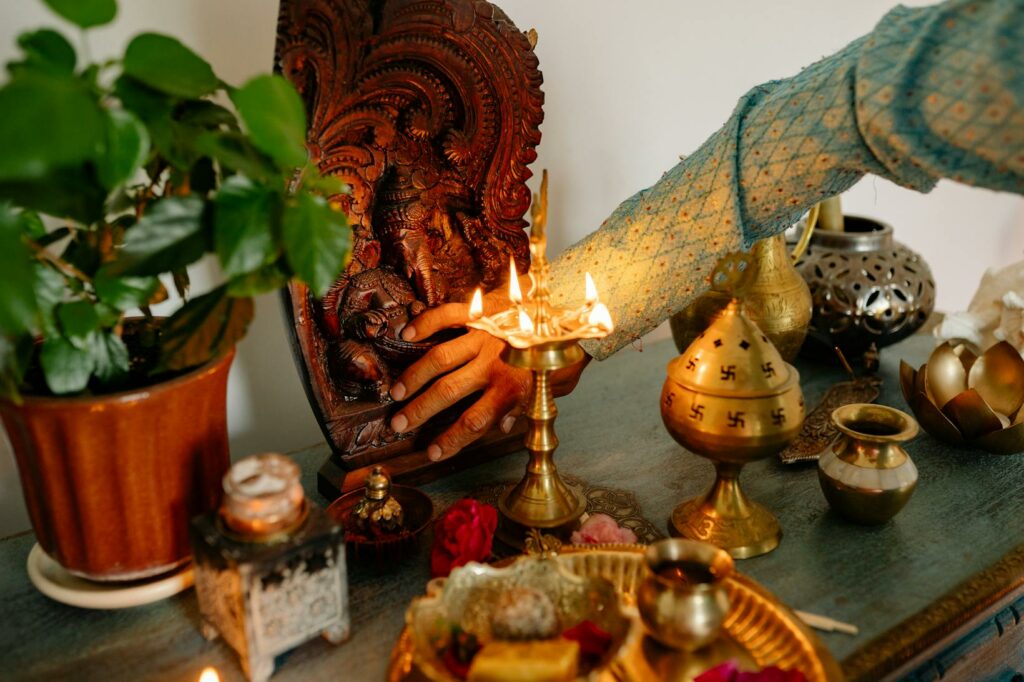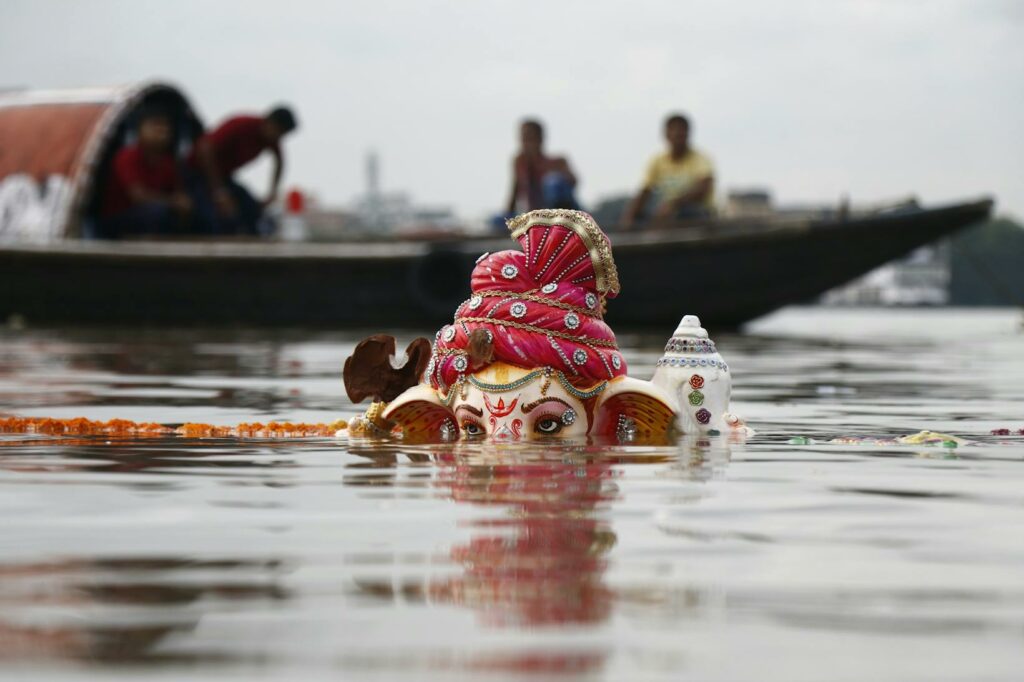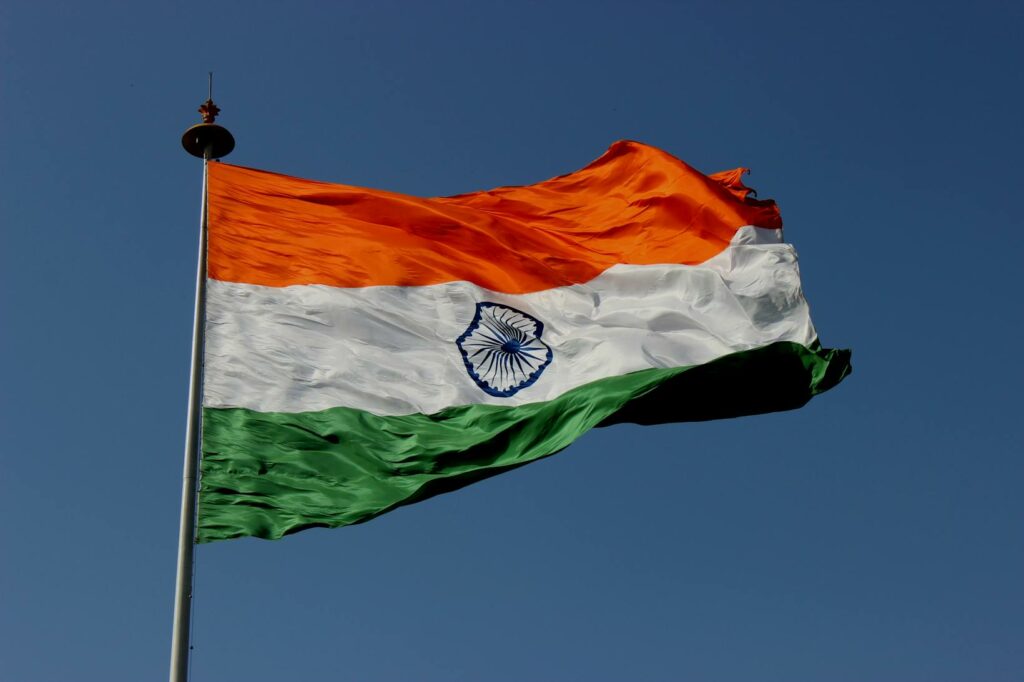India, a country rich with history, is a treasure trove of vibrant cultures and traditions, each telling a unique story about its people. It’s a kaleidoscope of languages, religions, and customs, all coexisting harmoniously, painting a vivid, colorful picture of diversity.
What Is The Culture Of India
India’s culture, recognized for its vast diversity, preserves a rich lineage of traditions, customs, and wisdom. Exemplifying endless variation, it holds as vibrant the spiritual chants of the pristine Himalayas as the energizing dance forms of lush Kerala. The country’s cultural heritage manifests itself in a myriad of appealing ways.
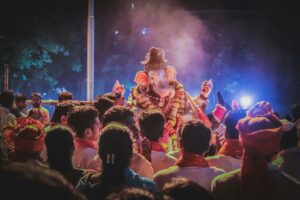 Language and Religion
Language and Religion
In India, the significance of language and religion is paramount. With over 1,600 dialects spoken, linguistic diversity forms a crucial part of Indian culture. The major languages include Hindi, Bengali, Telugu, and Marathi. Indian civilization, deeply rooted in spirituality, houses a plethora of religions. Hinduism, the predominant religion, coexists harmoniously with Islam, Christianity, Sikhism, Buddhism, and Jainism, demonstrating religious diversity.
Traditions and Festivals
Indian culture cherishes a wealth of traditions and festivals. Rituals often tie to the regions, such as the Ramlila in North India, to showcase the life of Lord Rama. India’s festivals paint the country in vibrant colors, from the rejoicing of light during Diwali to the harvest festival, Pongal.
Art and Architecture
Indian art and architecture are renowned expressions of the country’s culture. Paintings, ranging from the intricate Madhubani to the indigenous Warli, reflect regional ethos. Indian architecture resonates with a rich heritage; the majestic Mughal architecture and the intricate temples of the South are prime examples.
Food and Clothing
Indian cuisine offers a plethora of dishes, each bearing unique flavors. While Northern India savors robust spicy gravies, Southern India prefers tangy, light broths. Indian clothing, notably the saree and dhoti, depicts traditional aesthetics. However, the adoption of western clothing indicates a blend of the ancient and the contemporary in everyday wear.
This overview offers a concise glimpse into the depth and dynamism inherent in Indian culture. Comprehensive understanding, naturally, invites deeper exploration into India’s rich cultural heritage.
Historical Roots of Indian Culture
The roots of India’s culture delve deep into the trove of ancient civilizations and foreign influences. This section delves into these components, elaborating on their contribution in shaping the rich cultural heritage of India.
Ancient Civilizations 
The civilization of ancient India, Indus Valley Civilization, influences India’s cultural roots immensely. Flourished around 2500 BCE, this civilization introduced concepts like city planning, artistry, and more to India’s culture. Harappan and Mohenjo-Daro, the two significant cities, evidenced the early existence of agriculture, craft production, and trade, instilling the business instinct in the natives. The Aryan invasion around 1500 BCE further enriched India’s culture with the introduction of Sanskrit language and Vedic literature. Epics from this era, such as the Mahabharata and Ramayana, are still central to religious and philosophical schools, significantly shaping social norms and values.
Influences from Foreign Dynasties
Foreign invasions and dynasties made significant impacts on the evolution and enhancement of Indian culture. The Mauryan and Gupta Empires, known for their political unification and cultural collaborations, marked the Classical Age in Indian cultural history. Mauryas established Buddhism across Asia, spreading India’s unique philosophy and teachings globally. Gupta’s golden age saw advances in art, literature, science, and architecture, with temples and sculptures still reflecting their artistic brilliance.
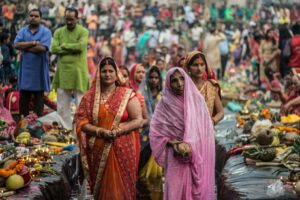 Later, the medieval era welcomed Persian influence in Indian culture, especially during the Mughal reign. Concepts of miniaturist art, garden designing, dome-style architecture, and indo-Persian clothing styles were structurally embraced, along with a new blend of cuisine, famously known as the Mughlai cuisine. British colonial rule further brought Western influences, contributing significantly to the modern face of India’s culture. The English language, education system, architectural styles, and facets of law reflected this influence, showcasing the adaptability and dynamism of Indian culture.
Later, the medieval era welcomed Persian influence in Indian culture, especially during the Mughal reign. Concepts of miniaturist art, garden designing, dome-style architecture, and indo-Persian clothing styles were structurally embraced, along with a new blend of cuisine, famously known as the Mughlai cuisine. British colonial rule further brought Western influences, contributing significantly to the modern face of India’s culture. The English language, education system, architectural styles, and facets of law reflected this influence, showcasing the adaptability and dynamism of Indian culture.
India’s culture is a vibrant tapestry woven from millennia of history, foreign influences, and an array of unique traditions. It’s a testament to the country’s resilience and adaptability, standing strong in the face of Westernization and social disparities. The culture of India is a living, breathing entity that continues to evolve while retaining its unique identity.

